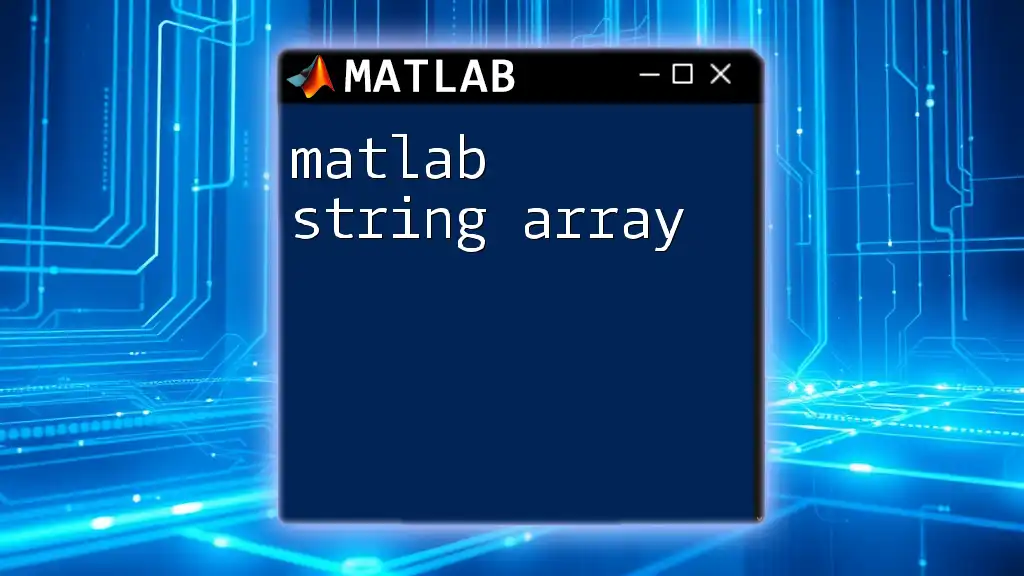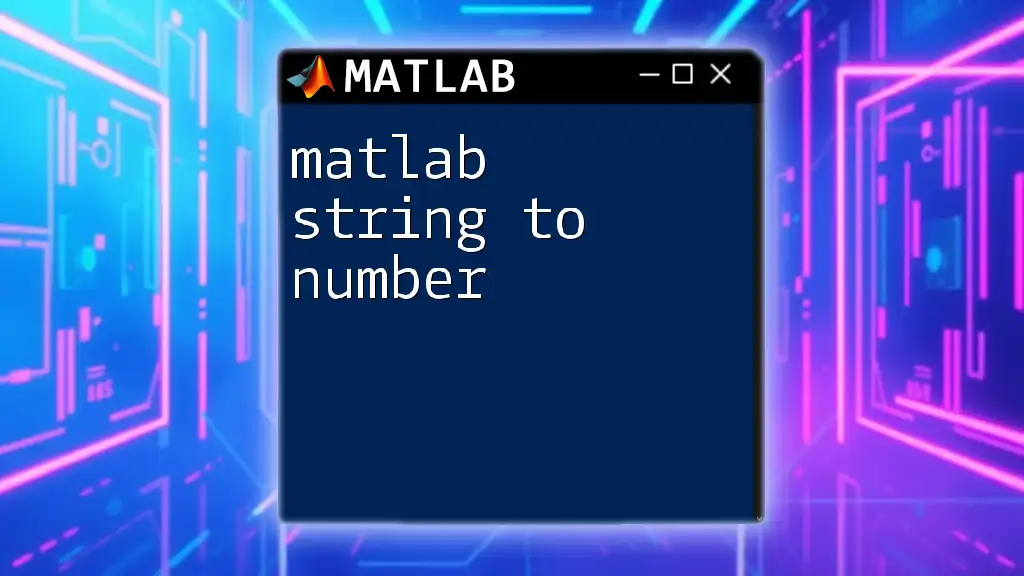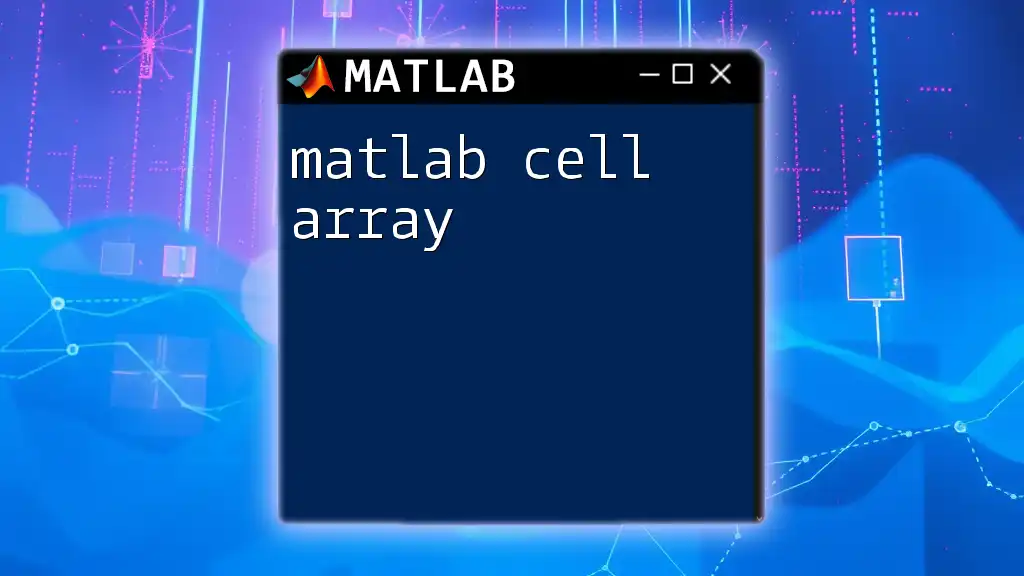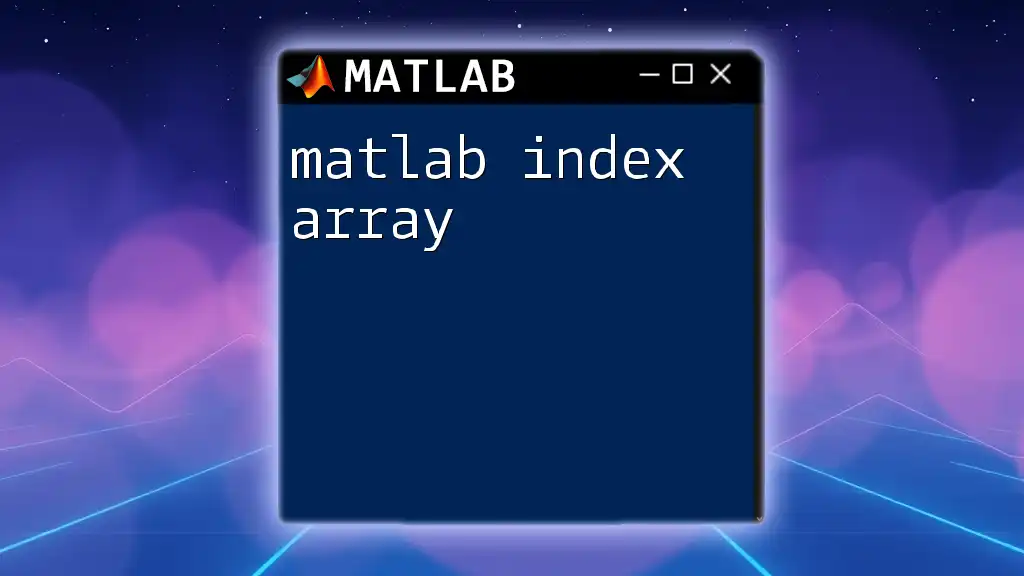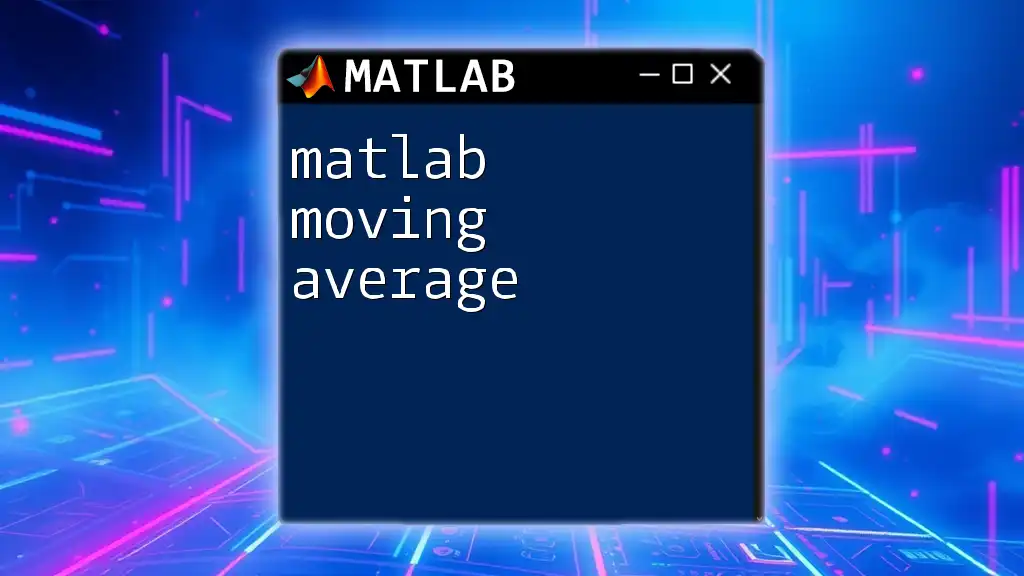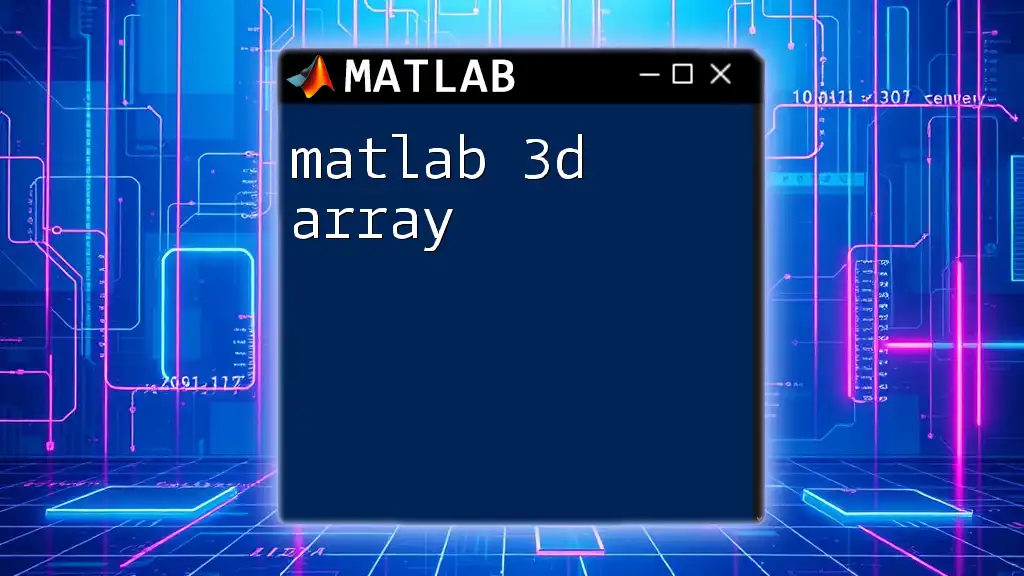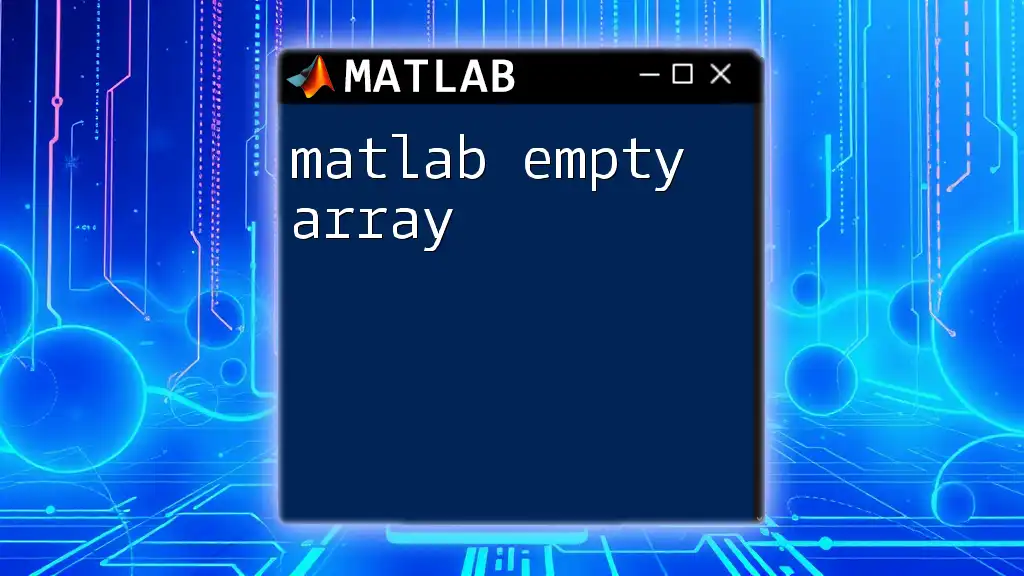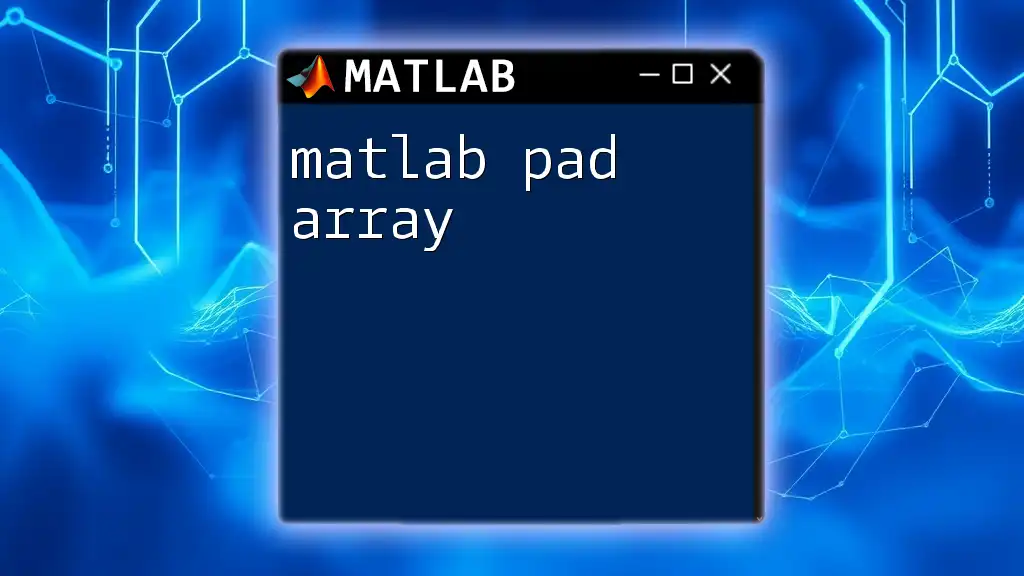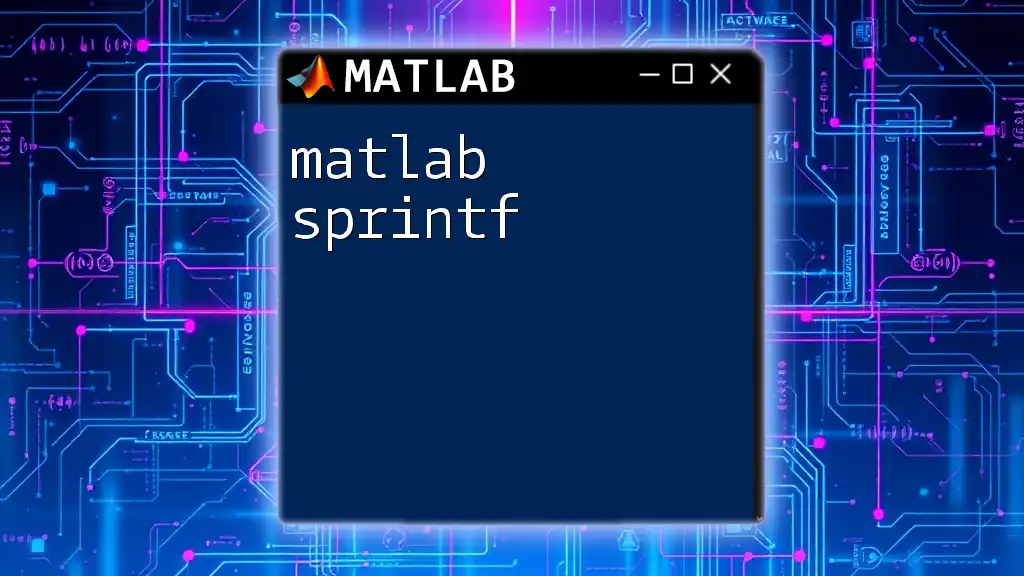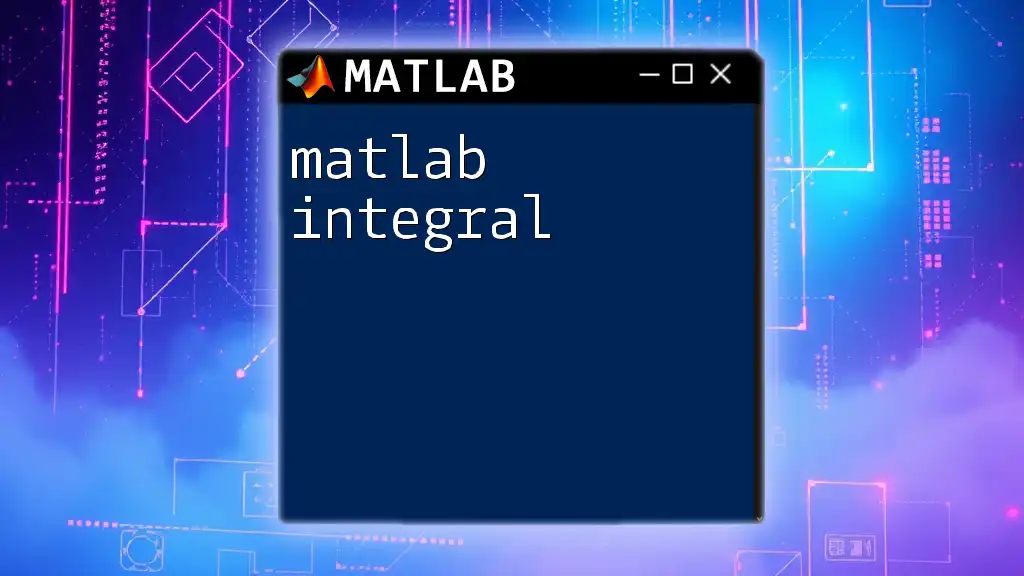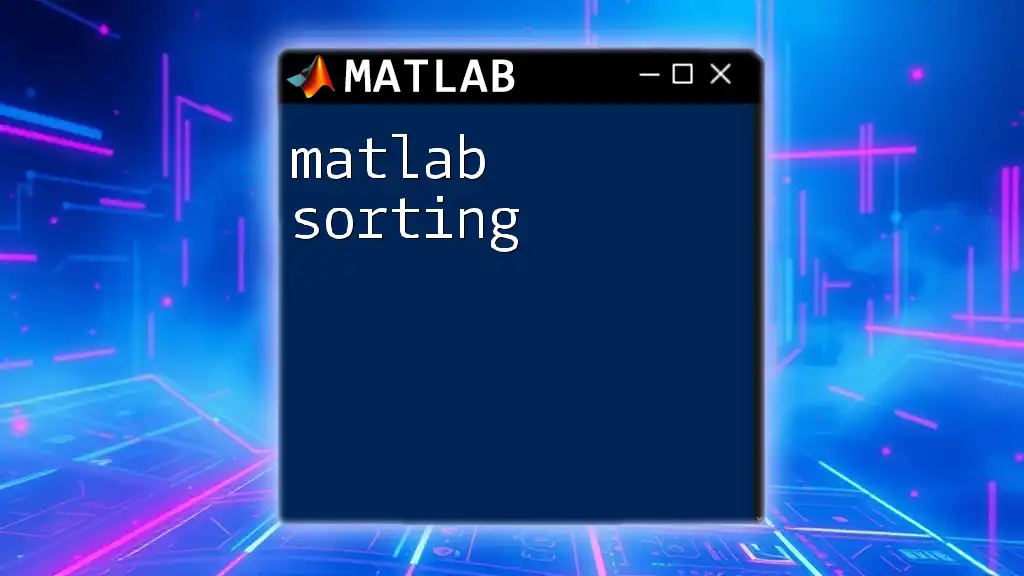A MATLAB string array is a type of array specifically designed to hold text data, allowing for efficient manipulation and storage of strings in a more modern and flexible format compared to character arrays.
Here’s a simple example of creating a string array in MATLAB:
% Creating a string array
myStringArray = ["apple", "banana", "cherry"];
Understanding String Arrays in MATLAB
What are String Arrays?
A MATLAB string array is a data type that allows you to store a collection of text strings. Unlike character arrays, which require careful handling and are prone to issues with handling sequences of characters, string arrays simplify operations with text data.
The key benefits of using string arrays over character arrays include:
- Simplified syntax for string manipulation.
- Built-in functions designed specifically for string operations, making coding more efficient and intuitive.
- Better support for modern programming practices through array-like structures.
Basics of String Arrays
Creating a matlab string array is straightforward. You use square brackets, enclosing strings in double quotes. For instance, to create a string array containing a list of fruits, you can simply write:
fruits = ["apple", "banana", "cherry"];
disp(fruits);
This code will display the contents of the string array in the command window, showcasing how easily you can visualize multiple strings.
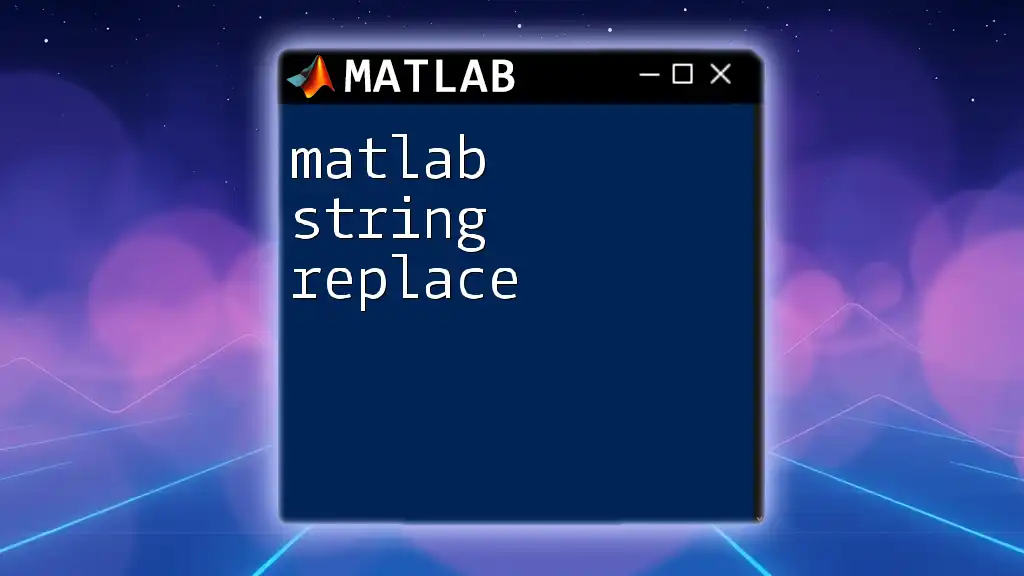
Creating and Modifying String Arrays
Creating String Arrays
You can create string arrays by assigning values within square brackets separated by commas. For instance:
greetings = ["Hello", "Hola", "Bonjour"];
This creates a string array called `greetings` with three different ways of saying "hello".
Accessing Elements in String Arrays
Accessing individual elements is intuitive, thanks to MATLAB's indexing system. By simply referencing the index of the desired element, you can retrieve any string. For example:
firstGreeting = greetings(1); % Retrieves "Hello"
If you want access to multiple elements, you can specify a range:
firstTwoGreetings = greetings(1:2); % Retrieves ["Hello", "Hola"]
Modifying String Arrays
Modifying existing string arrays is user-friendly. You can change individual elements directly by addressing their index:
greetings(2) = "Salut"; % Changes "Hola" to "Salut"
You can also modify multiple elements at once:
greetings(1:3) = ["Hi", "Ola", "Saluton"]; % Updates multiple greetings
Resizing String Arrays
MATLAB string arrays can be resized easily. To add a new string to the end, you can use the `end+1` indexing feature:
greetings(end+1) = "Ciao"; % Adds "Ciao" to the end
To remove an element, simply assign an empty array to its index:
greetings(3) = []; % Removes "Bonjour"
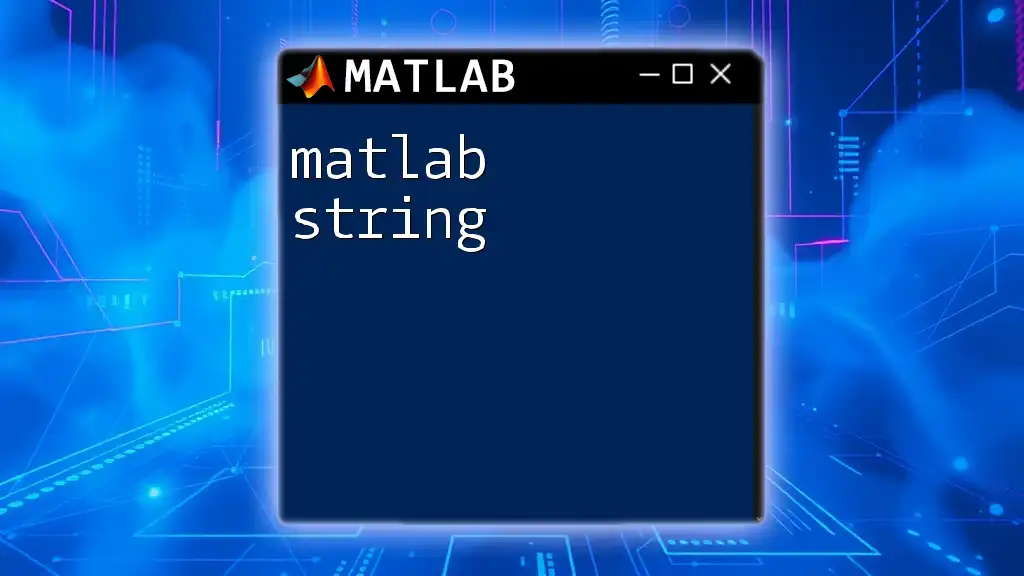
String Manipulation Functions
Commonly Used Functions for String Arrays
MATLAB provides a rich set of functions designed for string manipulation within string arrays. Some pivotal functions include:
- `length()`: Returns the number of elements in the string array.
- `join()`: Concatenates elements of the string array into a single string.
- `split()`: Divides a string into parts based on a given delimiter.
- `replace()`: Replaces specified elements within the string array.
Examples of Function Usage
For instance, you might determine how many greetings you list:
numGreetings = length(greetings); % Returns the number of greetings
To join the array into a single string separated by commas:
combinedGreetings = join(greetings, ", "); % Joins greetings with a comma
String Comparison and Search
You can also compare strings or search for specific substrings within the string array using:
- `strcmp()`: Checks if two strings are identical.
- `contains()`: Determines if a specified string is found within elements of a string array.
For example:
hasHello = contains(greetings, "Hello"); % Returns true if "Hello" exists
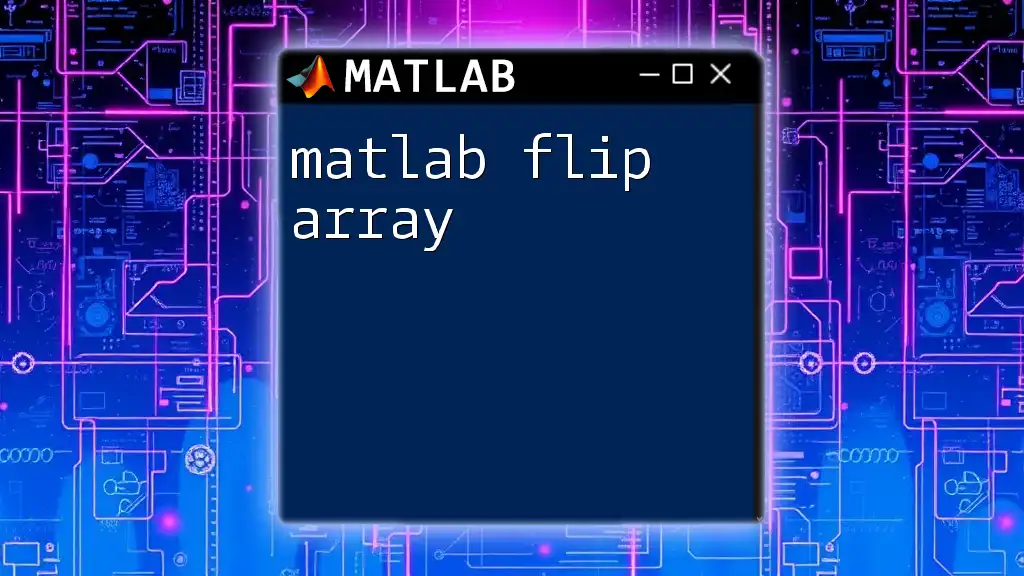
Advanced String Array Operations
String Array Operations
You can perform various operations on string arrays, including concatenation, modifying individual characters, and much more. For instance:
moreGreetings = [greetings, "Sawasdee"]; % Concatenates another greeting
Additionally, you might want to replace part of a string:
updatedGreeting = replace(greetings(1), "Hi", "Hello"); % Changes "Hi" to "Hello"
Cell Arrays vs. String Arrays
Cell arrays are another data structure in MATLAB that can store strings. While string arrays are more modern and convenient, understanding cell arrays is essential for managing heterogeneous data types. You might convert a string array to a cell array when you need to handle strings of varying lengths or types:
cellGreetings = cellstr(greetings); % Converts string array to cell array
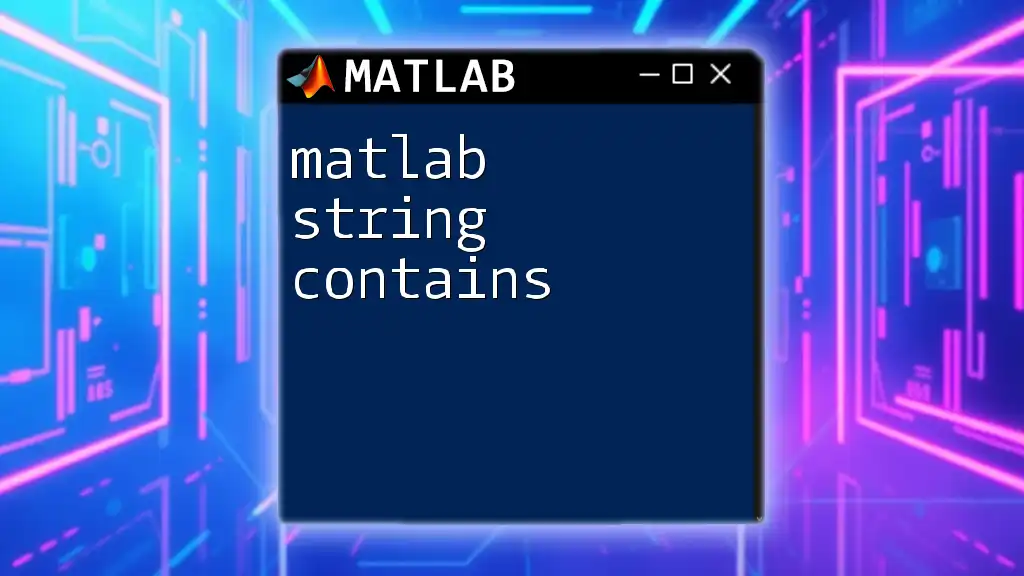
Practical Applications of String Arrays
Use Cases in Data Analysis
In data analysis scenarios, string arrays are particularly useful for importing and manipulating text data. For example, if you have a dataset containing names, extracting and manipulating these names using string arrays can streamline your workflow.
Incorporating String Arrays in Functions
You can encapsulate the functionality of string arrays in MATLAB functions. For example, you might create a function that takes a string array as an input and returns the count of strings:
function greetingCount = countGreetings(greetingArray)
greetingCount = length(greetingArray);
end
This encapsulation fosters code reusability and makes your code more organized and manageable.
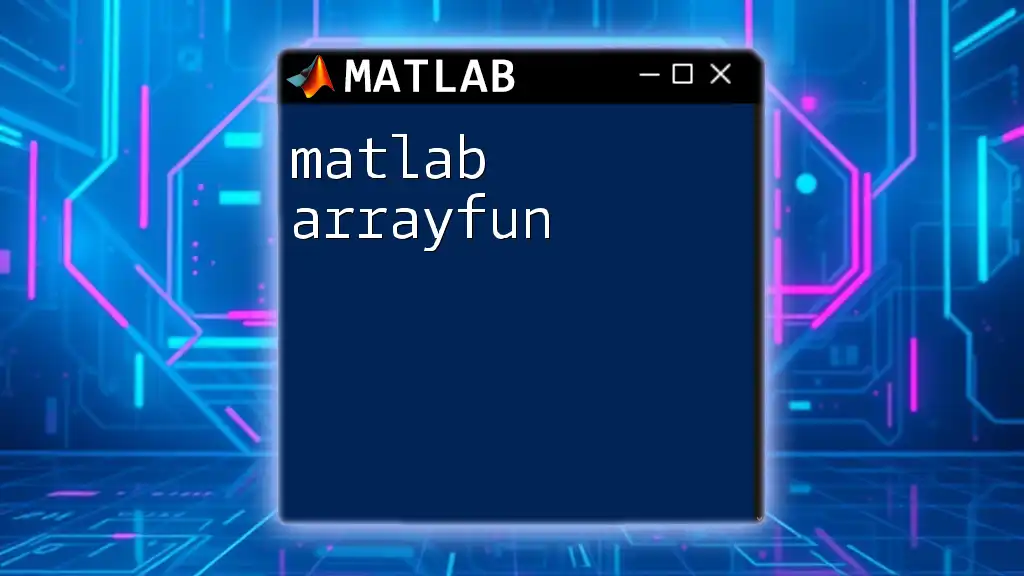
Conclusion
Summary of Key Points
Using MATLAB string arrays enhances your programming capabilities by providing powerful tools for text management. Whether you are modifying, searching, or processing strings, understanding string arrays significantly improves efficiency and readability in your code.
Further Resources
To deepen your understanding, you can refer to the official MATLAB documentation on string arrays and explore community forums or tutorials for practical exercises to reinforce your learning.
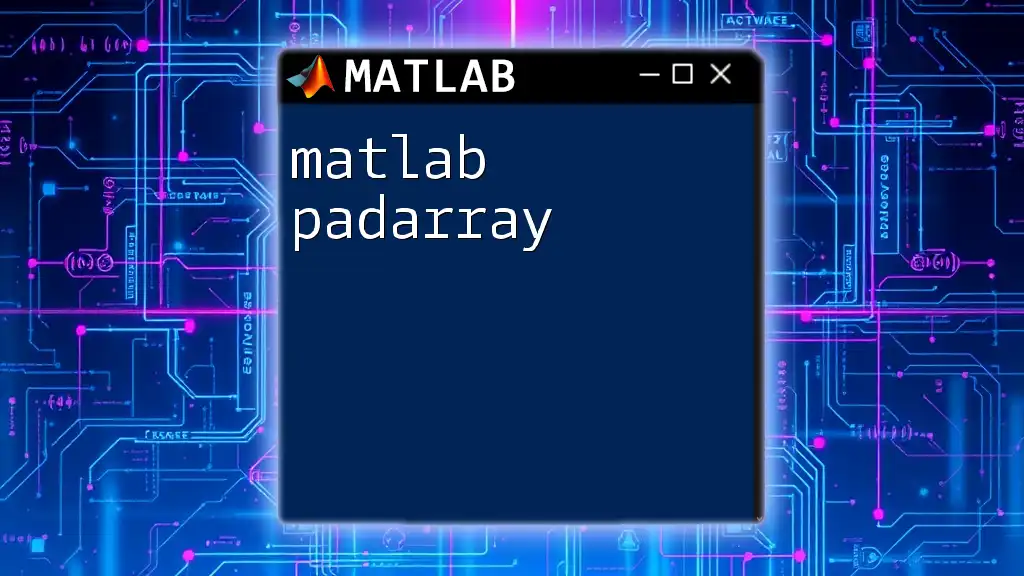
Call to Action
Consider signing up for our upcoming workshops focused on mastering MATLAB string arrays and related functionalities. Follow us for more tips and resources on MATLAB that will accelerate your learning journey!

